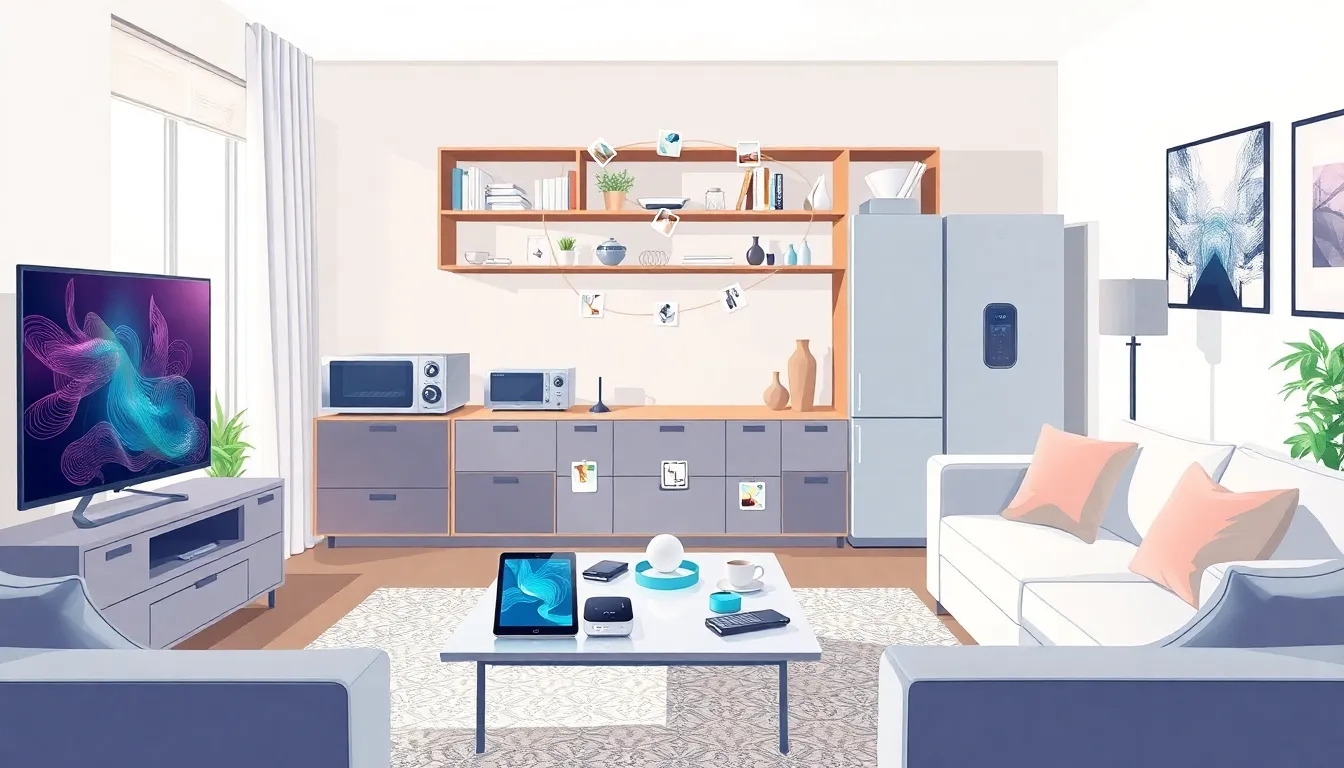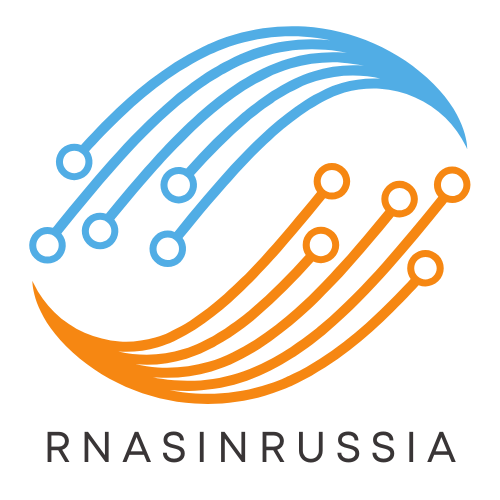Table of Contents
ToggleIn a world where smartphones are practically an extension of our hands and smart fridges can practically cook dinner for us, navigating the maze of consumer electronics can feel like a high-stakes game of chess. With countless gadgets vying for attention, it’s easy to get overwhelmed. But fear not—there’s a solution that can turn confusion into clarity.
Overview of Consumer Electronics Solution
Consumer electronics solutions play a vital role in navigating the complex landscape of technology. These solutions streamline the selection process for various types of devices, simplifying choices for consumers faced with overwhelming options. Companies offer customized support services, ensuring users receive guidance tailored to specific needs.
Integration of smart technology enhances user experience. Typically, solutions involve a combination of appliances, software, and connectivity options. Building a cohesive ecosystem fosters seamless interaction among devices, improving efficiency and functionality.
Market trends indicate a strong preference for smart home systems. Consumers enjoy gadgets that communicate with one another, driving convenience and automation. Evidence suggests that integration reduces energy consumption and enhances security, making everyday tasks simpler and more efficient.
User-friendly interfaces contribute to the appeal of these solutions. Simplified controls allow non-tech-savvy individuals to engage with advanced technology comfortably. Training and ongoing support help users adapt to new devices, mitigating frustration associated with adopting new tech.
Data-driven insights guide the development of consumer electronics solutions. Companies utilize consumer feedback to enhance product offerings and address evolving market demands. This approach ensures high satisfaction levels, cultivating brand loyalty among users.
Presently, partnerships between manufacturers and software providers strengthen the consumer electronics ecosystem. Collaborative efforts yield innovative solutions that maximize performance and keep up with technological advancements. As the consumer electronics landscape continues to evolve, solutions become increasingly essential for informed buying decisions and a smoother user experience.
Key Components of Consumer Electronics Solution

Consumer electronics solutions consist of several core components that together create an efficient and user-friendly experience. These components include hardware, software, and connectivity.
Hardware
Physical devices form the backbone of any consumer electronics solution. Smartphones, tablets, smart appliances, and wearables represent essential hardware elements. Each device features state-of-the-art components, including displays, processors, and sensors, designed for optimum performance. A diverse range of products caters to varying consumer needs, from high-end gadgets to budget-friendly options. Durability and energy efficiency characterize the best hardware, ensuring long-lasting use and minimal environmental impact.
Software
Software plays a critical role in enhancing the functionality of hardware. Operating systems, applications, and firmware provide the necessary interface for interaction with devices. User-friendly software ensures accessibility for all users, regardless of technical expertise. Regular updates keep software secure and introduce new features, fostering user engagement. Integration of artificial intelligence allows for personalized experiences, adapting to consumer preferences over time. Effective software solutions create a seamless interaction between hardware and users.
Connectivity
Connectivity acts as the glue that holds devices together. Wireless technologies like Wi-Fi, Bluetooth, and Zigbee enable communication between various components. Seamless connectivity enhances smart home systems, allowing devices to operate in unison. Strong security protocols protect consumer data during transmission. Interoperability among devices forms a crucial factor in user satisfaction, ensuring that products from different manufacturers work harmoniously. A robust connectivity framework empowers users to create customized environments tailored to their preferences.
Benefits of Consumer Electronics Solution
Consumer electronics solutions provide significant advantages that enhance everyday technology use. These benefits include improved user experience, cost efficiency, and scalability.
Enhanced User Experience
User experience improves through seamless integration and intuitive interfaces. Devices communicate effectively, allowing for effortless control and automation. Personalized settings enhance usability, aligning features with individual preferences. With ongoing training and support, users quickly adapt to new technology. Together, these aspects create a satisfying and accessible digital environment.
Cost Efficiency
Cost efficiency stems from optimized resource use and energy savings. Consumers benefit from selecting products designed for longevity, reducing replacement expenses. Smart technology often caters to energy management, lowering utility bills through efficient consumption. With accurate data insights, users can make informed purchasing decisions, ensuring maximum value. This careful investment in technology enhances both budget management and overall satisfaction.
Scalability
Scalability allows users to expand their technology ecosystems easily. Consumers can add new devices without compromising existing setups. Enhanced connectivity ensures that all components work cohesively, adapting to various needs. As technology evolves, solutions can scale with consumer demands, providing options for upgrades. This flexibility fosters a future-proof digital experience, accommodating growth seamlessly.
Challenges in Implementing Consumer Electronics Solution
Implementing consumer electronics solutions presents various challenges that can hinder effectiveness and user satisfaction.
Technical Barriers
Technical barriers often pose significant challenges. Issues such as compatibility between devices can arise, leading to integration complexities. Additionally, varying software standards limit seamless communication among appliances. Cybersecurity threats create further apprehension, as consumers seek assurance that their data remains protected. Manufacturers must address these concerns through robust security protocols and regular updates. Technical support also becomes essential, as consumers require guidance in navigating sophisticated features. Lack of interoperability among emerging technologies can stifle user adoption, causing frustration.
Market Competition
Market competition remains fierce in the consumer electronics sector. Numerous companies vie for consumer attention, leading to oversaturated product lines. Differentiating products in a crowded market is crucial for gaining a competitive edge. Brands often rely on aggressive pricing strategies to attract buyers, which can impact profit margins. As technology evolves rapidly, staying ahead of market trends becomes a formidable task. Consumer expectations continually rise, demanding innovation and quality. Companies must invest in research and development to create solutions that cater to emerging consumer needs. Sustained success hinges on finding effective strategies to navigate these competitive pressures.
Future Trends in Consumer Electronics Solution
Consumer electronics solutions are evolving rapidly, driven by advancements in technology and changing consumer preferences. The integration of artificial intelligence stands out, enhancing automation and personalization. Smart home systems continue to gain traction as they simplify daily tasks, providing seamless interconnectivity among devices.
Increased focus on sustainability shapes product development. Manufacturers prioritize energy-efficient devices, appealing to eco-conscious consumers. Market research reflects that 70% of buyers consider energy consumption when making purchases, signaling a shift toward greener technology.
User experience remains at the forefront of design trends. The demand for intuitive interfaces grows, enabling users to easily navigate advanced functionalities. Accessibility features cater to more diverse user bases, making technology more inclusive. This trend also highlights the importance of ongoing support and training as consumers adopt new devices.
Security in consumer electronics solutions demands attention. With rising cyber threats, brands implement robust security protocols to protect user data. Reportedly, 65% of consumers express concerns about data privacy, emphasizing the need for transparency and trust.
Emerging technologies, such as augmented reality and 5G, also influence future trends. These innovations provide immersive experiences and faster connectivity, offering new possibilities for consumer electronics. Market analysts predict that the proliferation of 5G will accelerate the adoption of smart devices, leading to a more connected lifestyle.
Partnerships between hardware manufacturers and software developers grow in importance. Collaboration fosters innovative solutions, ensuring products meet evolving market needs. These alliances can drive competitive advantages in a saturated market, allowing brands to stand out amidst fierce competition.
As consumer preferences shift, businesses must adapt their offerings. Flexibility in product design allows for scalability, accommodating growth in technology ecosystems with ease. Changes in consumer electronics solutions reflect a commitment to improving everyday lives while meeting modern technological demands.
Navigating the world of consumer electronics doesn’t have to be overwhelming. With the right solutions in place, consumers can enjoy a more streamlined and satisfying experience. The integration of smart technologies and user-friendly interfaces empowers individuals to create personalized environments that enhance their daily lives.
As technology continues to evolve, the focus on sustainability, security, and accessibility will shape future offerings. Companies that prioritize innovation and adaptability will thrive in this competitive landscape. By embracing these consumer electronics solutions, users can simplify their technology choices and enjoy the benefits of a connected, efficient lifestyle.





